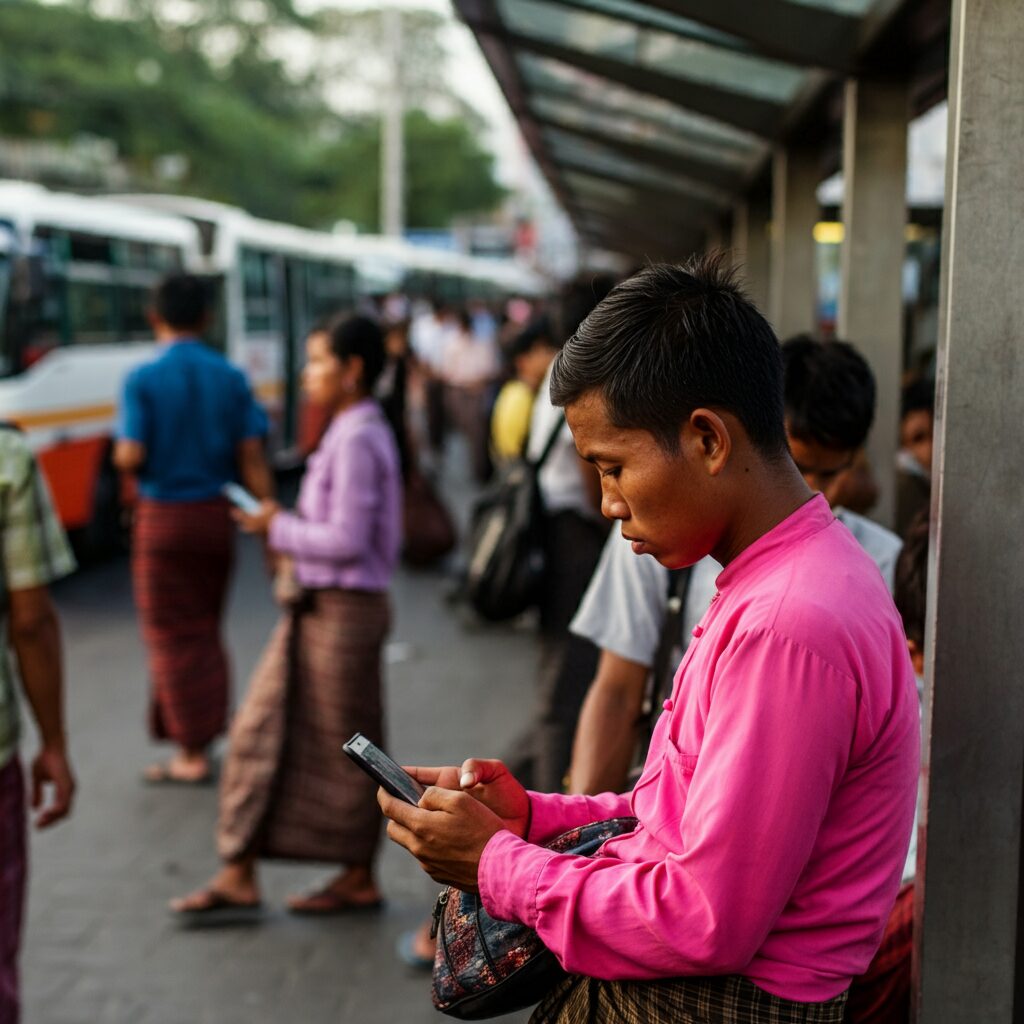
Discover the Serene Beauty and Historical Significance of Toyokuni Shrine in Kanazawa
Have you ever yearned to step back in time and immerse yourself in the tranquility of a traditional Japanese shrine? Look no further than Toyokuni Shrine in Kanazawa, Ishikawa Prefecture. Officially documented in the “観光庁多言語解説文データベース” (Japan Tourism Agency Multilingual Commentary Database) on May 30, 2025, Toyokuni Shrine offers a unique opportunity to connect with the rich history and spiritual heritage of the region.
A Glimpse into the Past: The Shrine’s Origins and Association with Maeda Toshiie
While the database entry itself might provide a concise overview, digging deeper reveals the historical weight carried by Toyokuni Shrine. It is dedicated to Toyokuni Daimyojin (also known as Toyotomi Hideyoshi, a significant figure in Japanese history), but in Kanazawa, it’s intrinsically linked to the Maeda clan.
The Maeda clan, particularly Maeda Toshiie, the founder of the Kaga Domain, held great respect for Hideyoshi. While the details of the original establishment of a shrine honoring Hideyoshi in Kanazawa require further research to pinpoint the exact circumstances, it is undoubtedly tied to the Maeda clan’s veneration and desire to maintain ties to the influential figure even after his death. Think of it as a testament to the powerful bonds forged during Japan’s turbulent Sengoku period.
Why Visit Toyokuni Shrine? A Blend of Serenity and Historical Significance:
Beyond the historical connection, Toyokuni Shrine offers a compelling experience for modern travelers:
-
Tranquil Atmosphere: Escape the hustle and bustle of Kanazawa city life and find solace in the shrine’s peaceful atmosphere. Surrounded by lush greenery, the shrine provides a welcome respite for contemplation and reflection. Imagine the soft rustling of leaves, the gentle chirping of birds, and the calming presence of ancient trees – a true sensory escape.
-
Architectural Beauty: Even a small shrine can possess architectural charm. While specific details of Toyokuni Shrine’s architecture would require further research (such as visiting the shrine or consulting more detailed historical records), Japanese shrines often feature distinct elements like:
- Torii Gates: The iconic red gates that mark the entrance to the sacred grounds. Walking through a torii gate is a symbolic act of purification, separating the mundane world from the sacred space.
- Honden (Main Hall): The main building where the deity is enshrined.
- Haiden (Worship Hall): Where visitors offer prayers.
- Koma-inu (Guardian Dogs): Stone lion-like statues that guard the entrance, warding off evil spirits.
- Ema (Votive Tablets): Small wooden plaques where visitors write their wishes and prayers.
-
Local Traditions: Visiting Toyokuni Shrine offers a chance to witness and participate in local traditions. You might encounter traditional ceremonies, festivals, or even just the daily rituals of the shrine priests. Observing these practices provides valuable insight into Japanese culture and spirituality.
-
A Starting Point for Exploration: Toyokuni Shrine can be easily integrated into a larger exploration of Kanazawa. The city is famous for:
- Kenrokuen Garden: One of the Three Great Gardens of Japan, Kenrokuen is a must-see for its stunning landscape design.
- Kanazawa Castle: A beautifully reconstructed castle offering a glimpse into the region’s feudal past.
- Higashi Chaya District: A preserved geisha district with traditional wooden buildings and teahouses.
- Omicho Market: A vibrant marketplace filled with fresh seafood, local produce, and regional specialties.
Planning Your Trip:
-
Location: Since the information from the 観光庁多言語解説文データベース only mentions the name of the shrine and the date it was published, you’ll need to conduct further online searches (Google Maps, official Kanazawa tourism websites, etc.) to determine the exact location of Toyokuni Shrine. Look for “豊国神社 金沢” (Toyokuni Shrine Kanazawa) in Japanese.
-
Getting There: Kanazawa is easily accessible by Shinkansen (bullet train) from Tokyo and other major cities in Japan. From Kanazawa Station, you can use local buses or taxis to reach Toyokuni Shrine.
-
Best Time to Visit: Kanazawa is beautiful year-round, but spring (cherry blossom season) and autumn (fall foliage) are particularly popular.
-
Respectful Behavior: Remember that a shrine is a sacred place. Dress modestly, be quiet, and avoid taking photos during religious ceremonies.
Beyond the Database:
The 観光庁多言語解説文データベース is a valuable resource, but it’s just a starting point. By combining the information provided with further research and a spirit of adventure, you can create a truly unforgettable travel experience. Don’t just read about Toyokuni Shrine; go and experience its beauty and history for yourself! The serenity and cultural immersion awaiting you in Kanazawa are well worth the journey.
Discover the Serene Beauty and Historical Significance of Toyokuni Shrine in Kanazawa
The AI has delivered the news.
The following question was used to generate the response from Google Gemini:
At 2025-05-30 05:44, ‘Toyokuni Shrine Overview’ was published according to 観光庁多言語解説文データベース. Please write a detailed article with related information in an easy-to-understand manner, making readers want to travel. Please answer in English.
398